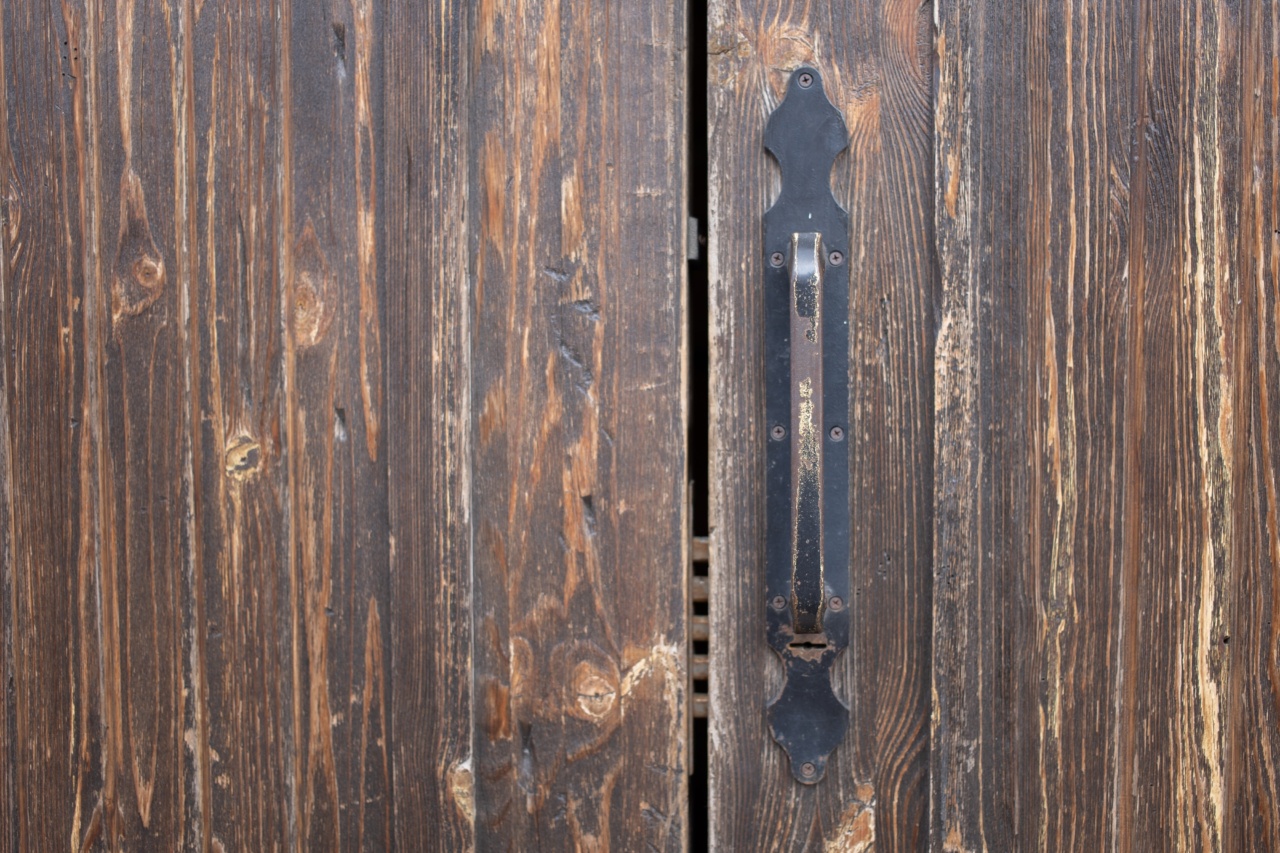Pyrex is a brand of glassware that is widely recognized for its durability and heat resistance. The name Pyrex has become synonymous with high-quality glass bakeware and cookware.
However, many people are unaware of the differences between old Pyrex and modern Pyrex and the potential risks associated with using older versions of this popular glassware.
The Benefits of Old Pyrex
Old Pyrex, typically manufactured before the 1990s, has several benefits that have contributed to its enduring popularity:.
- Thermal Shock Resistance: One of the most significant advantages of old Pyrex is its exceptional thermal shock resistance. It can withstand rapid temperature changes without cracking or breaking. This makes it ideal for baking, cooking, and storing leftovers.
- Non-reactive Material: Pyrex is made of borosilicate glass, which is non-reactive and will not leach harmful chemicals into your food. This feature ensures that your dishes remain safe and free from contamination.
- Durable and Long-lasting: Old Pyrex is known for its durability and longevity. Many vintage pieces have been passed down through generations and are still in use today. This long lifespan contributes to its eco-friendliness, as it reduces the need for constant replacement.
- Easy to Clean: Pyrex glassware is non-porous, making it resistant to stains and odors. It can be easily cleaned in the dishwasher or by hand, ensuring that your food is not tainted by previous flavors or residues.
- Transparent and Versatile: Pyrex allows you to see your food as it cooks, providing better control over the cooking process. It can go from the oven to the fridge and even the freezer without damage, making it a versatile kitchenware option.
The Risks of Old Pyrex
While old Pyrex offers numerous benefits, it is important to be aware of the potential risks associated with using vintage glassware:.
- Breaking under Thermal Stress: Though old Pyrex is generally more resistant to thermal shock than modern Pyrex, it is not entirely immune to breaking under extreme temperature changes. Abrupt shifts from hot to cold or vice versa can cause the glass to crack or shatter. It is advisable to avoid subjecting old Pyrex to drastic temperature variations.
- Manufacturing Changes: In the mid-1990s, Corning, the original manufacturer of Pyrex, changed the composition of the glass from borosilicate to soda-lime. This shift made the glassware less resistant to thermal shock. If uncertain, it is crucial to know the manufacturing date or consult experts to determine the type of Pyrex you have.
- Lead Content: Certain vintage Pyrex pieces, particularly those with colored patterns or designs, may have lead in their pigments. Lead is a hazardous substance that can leach into food when heated or stored for extended periods. Therefore, it is essential to avoid using colorful vintage Pyrex for cooking or food storage.
- Scratches and Stains: Over time, scratches and stains may develop on the glass surface of old Pyrex. While these do not pose an immediate health risk, they can make the glass more susceptible to breakage and may harbor bacteria if not cleaned properly. Take care to handle vintage Pyrex with gentle hands and clean it thoroughly after each use.
- Unreliable Lids: The original lids of vintage Pyrex containers may have deteriorated over time, losing their airtight and secure seal. This can compromise the freshness and safety of stored food. It is advisable to replace the lids or use alternative airtight containers for keeping leftovers or packed meals.
Safe Use Instructions for Old Pyrex
Using old Pyrex safely requires taking certain precautions to minimize the associated risks. Here are some important guidelines to follow:.































